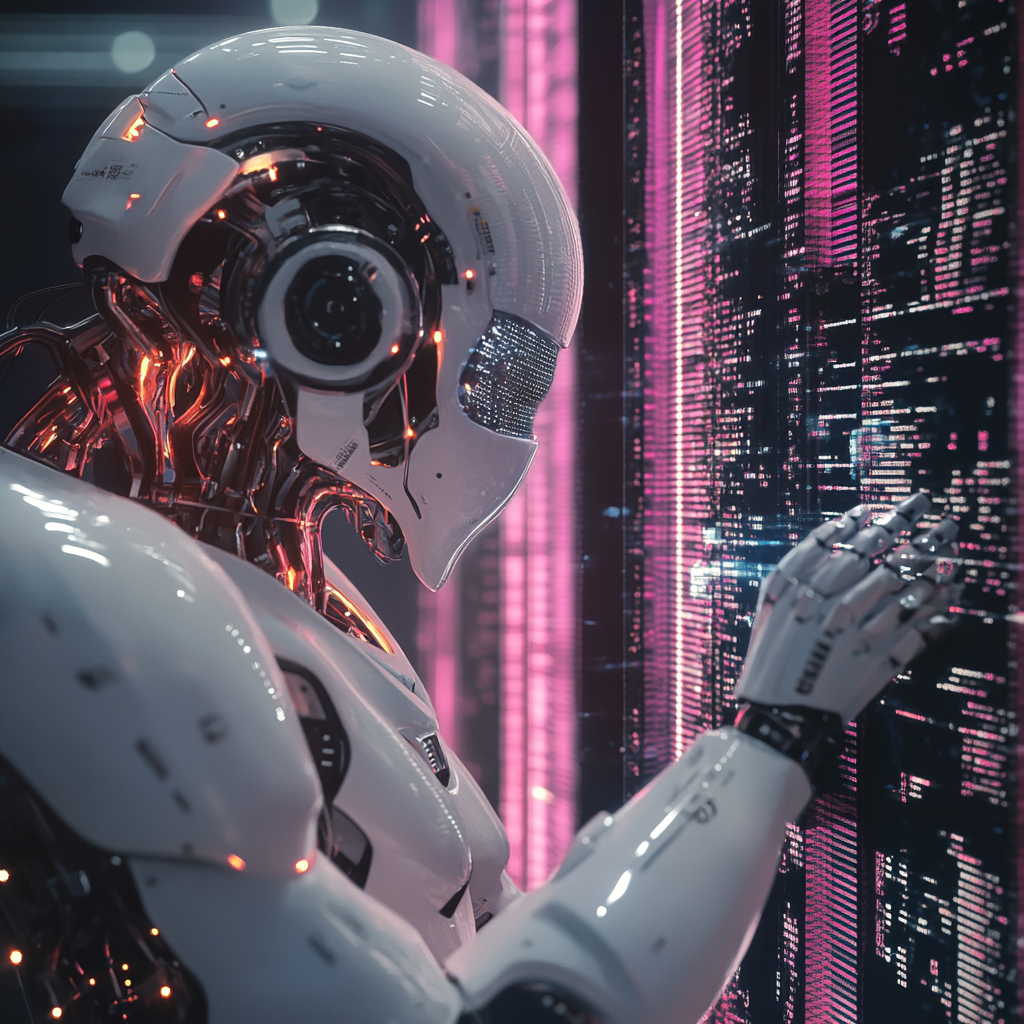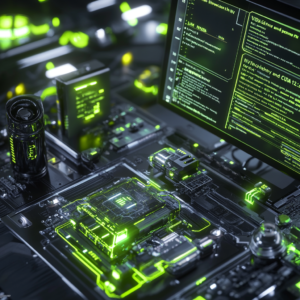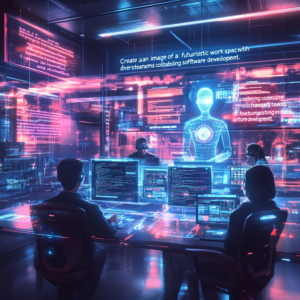
System lets robots identify an object’s properties through handling
Imagine a fantastical realm not bound by the laws of fiction, yet teetering on the brink of spectacular advancements, a world where robots possess an uncanny ability to discern an object’s weight, texture, and general quirks simply by handling it. This isn’t some futuristic figmentation spun in the imagination of Hollywood screenwriters, but a bona fide breakthrough engineered by the brilliant minds at MIT, Amazon Robotics, and the University of British Columbia. They have birthed an innovative mechanism that melds simulation with the robot’s very own senses, eliminating the need for external gadgets like cameras or tactile sensors to gauge the capabilities of an object.
At the core of this transformative discovery lies a nifty term: differentiable simulation. Now, this sounds like something you'd hear in a lecture hall packed with physics majors, but it’s much simpler than it appears. Essentially, this technique allows our metallic pals—those diligent robots—to predict how slight tweaks in an object’s characteristics, like its mass or softness, affect the way they move. By closely scrutinizing how the robot reacts when it hoists various objects, researchers cleverly draw conclusions about the object’s physical traits, such as inertia and, believe it or not, softness. Remarkably, this whole method hinges on robot proprioception, tapping into the robot’s innate knack for sensing its position and motions via internal sensors.
So, how does this magical mechanism work? Well, it employs two models, much like a dramatic duo on stage! One is dedicated to simulating the robot’s movements while the other is focused on the object’s dynamics. Whenever a robot picks up something—let's say a curious little sphere—it diligently records signals from its joint encoders. These clever devices relay the rotational position and speed of its robotic joints during the magnificent act of lifting. With this treasure trove of data, the researchers reverse-engineer it to unearth the object’s properties. For example, when our metal friend applies an equal amount of force to both a hefty rock and a featherweight sponge, the heavier rock will inevitably respond sluggishly. This fundamental principle serves as the foundation for estimating mass—simple yet profound!
To power this sophisticated simulation, the researchers employed NVIDIA's brilliant Warp library—an open-source hero in the world of differentiable simulations. They meticulously crafted simulations that harmonized with the robot's actual movements. Once the simulated antics matched the real-world robot's performance, they could confidently affirm they had identified the correct properties. What’s genuinely astonishing is that this complex feat can be accomplished in mere seconds, needing just a single real-world trajectory of the robot in action.
Let’s not shy away from the treasure trove of advantages this marvelous tech provides! It's a cost-effective marvel particularly beneficial in scenarios where traditional measurement tools might falter. Picture a situation where a robot is tasked with sorting through a cluttered, pitch-black basement or bravely clearing rubble from a building after a colossal earthquake. With this remarkable ability to decipher object properties sans external gadgets, the system proves to be a versatile gem, adaptable to countless scenarios.
When we gaze into the crystal ball of potential applications, the future appears vast and promising. This tech could significantly bolster robotic capabilities in diverse settings—imagine household assistants zipping around your kitchen, workplace robots effortlessly managing supplies, or warehouses brimming with autonomous bots that intuitively gather crucial information about their surroundings. With this system blazing new trails, we’re inching closer to a reality where robotic helpers operate with a newfound level of efficacy and autonomy.
As we stand on the precipice of a revolution in robotics, this groundbreaking technology signals a momentous leap forward, offering a tantalizing glimpse into a future where robots interact with their environment in ways that feel almost human-like. As robotics continues its relentless march toward evolution, brace yourself for a slew of innovative applications that blend simulation and sensing capabilities. This delightful fusion equips robots to enhance their interaction with the world around them in ways previously reserved for science fiction.
In a nutshell, we’re witnessing the dawn of a new era where picking up an object carries more significance than simply lifting it. It’s a dynamic exchange that melds intelligence and intuition, transforming our robotic companions into savvy assistants capable of understanding and adapting to their environment.
Want to stay up to date with the latest news on neural networks and automation? Subscribe to our Telegram channel: @channel_neirotoken. Your journey through the labyrinth of technology has just begun—don’t miss out on the adventure!

